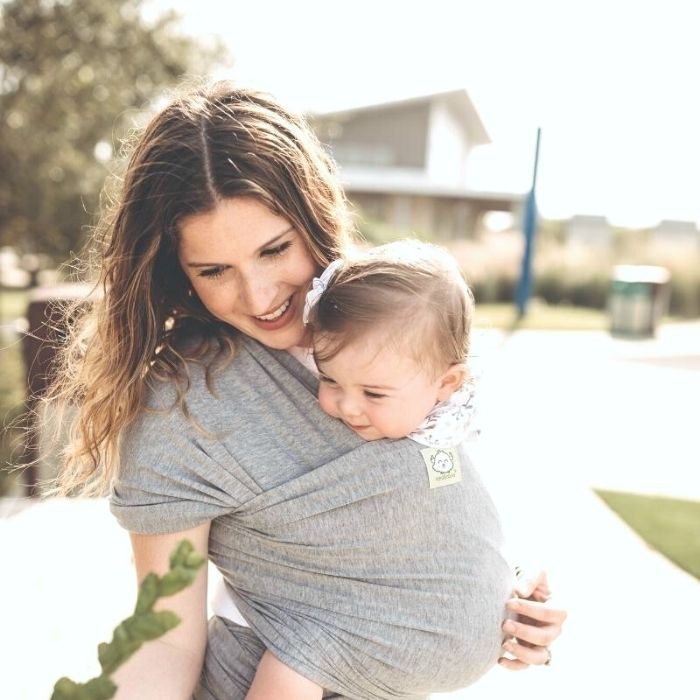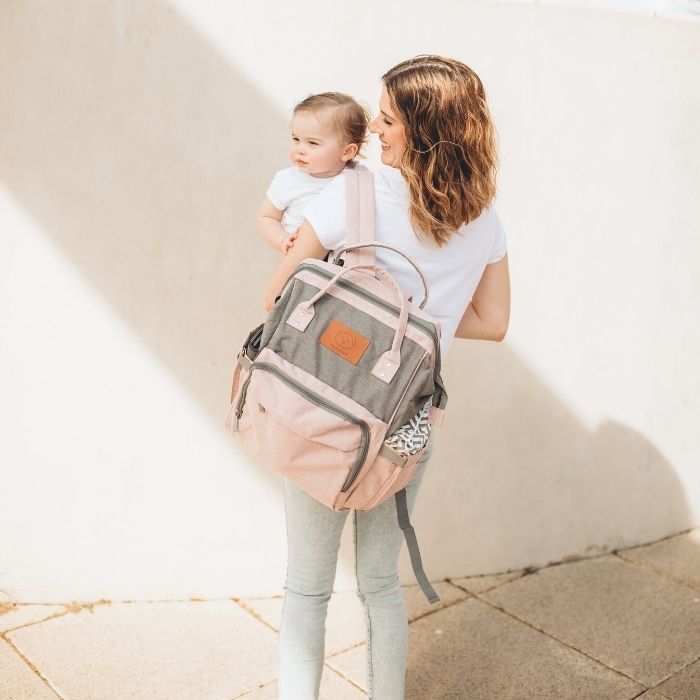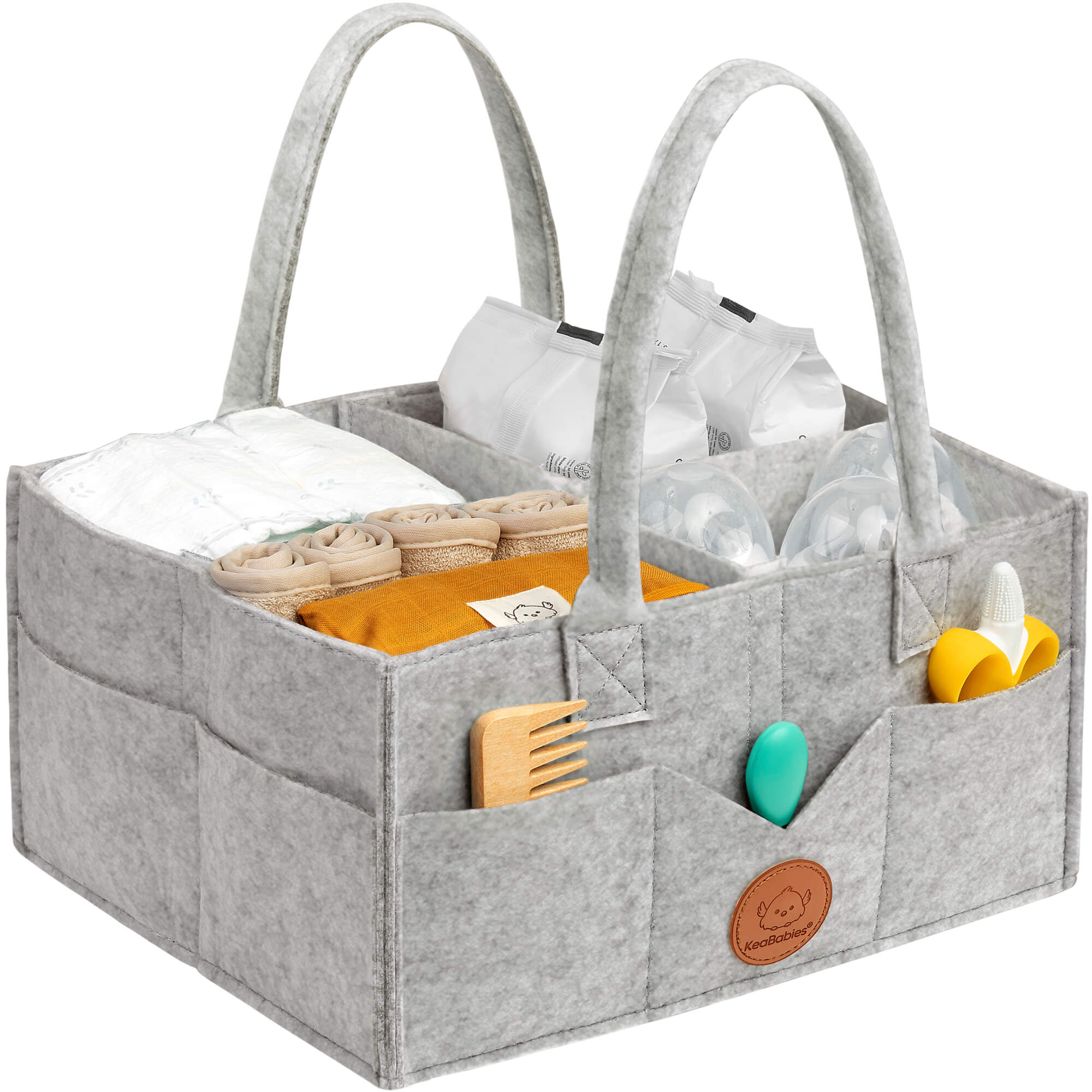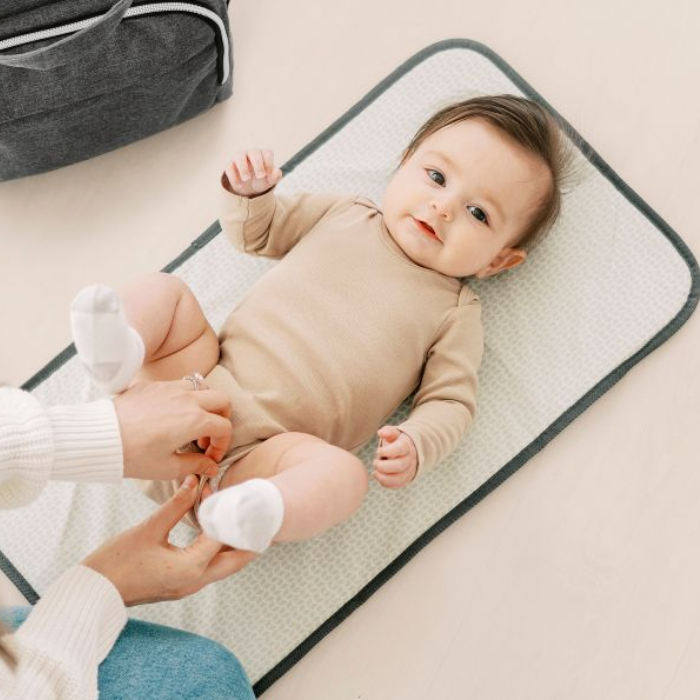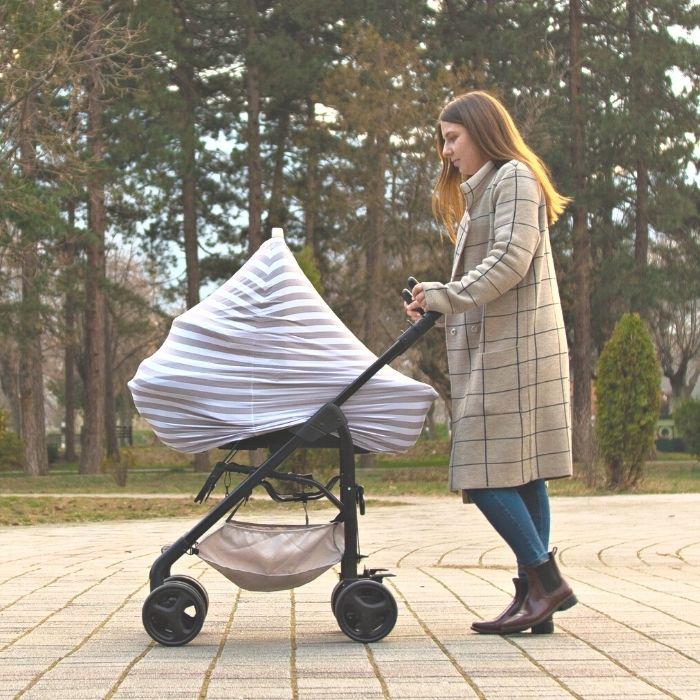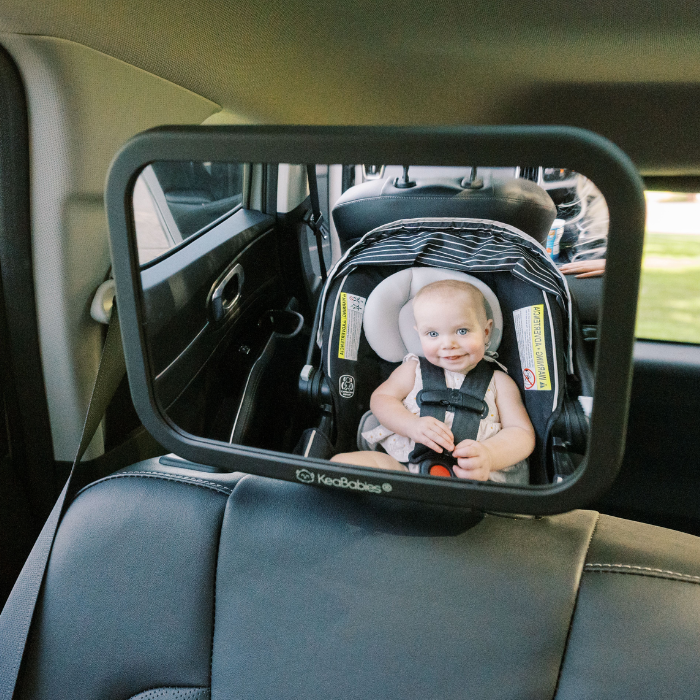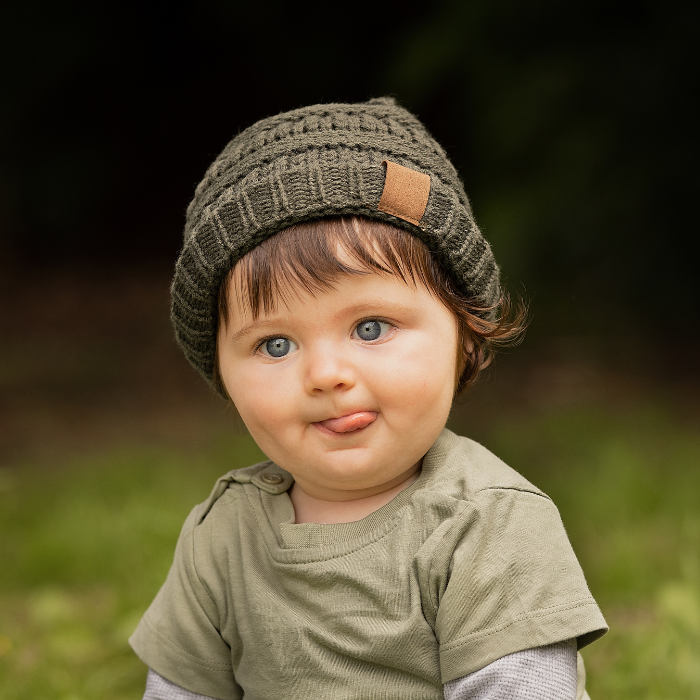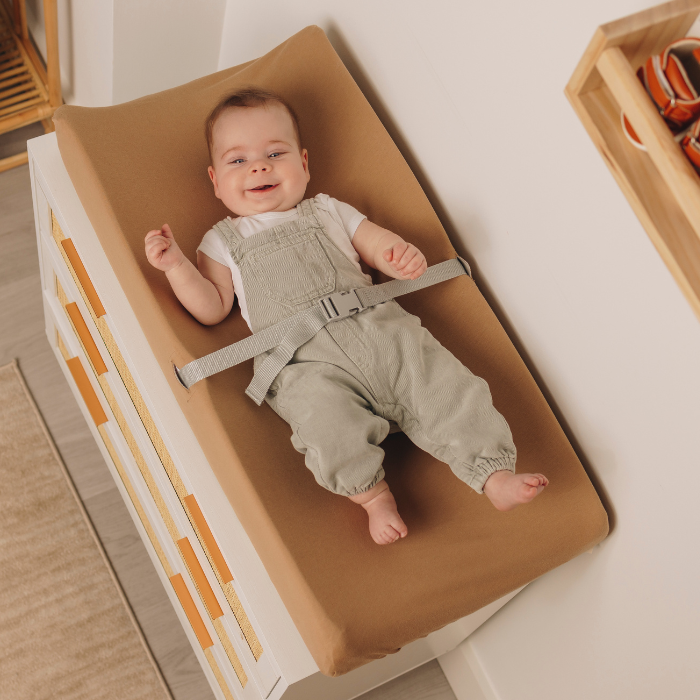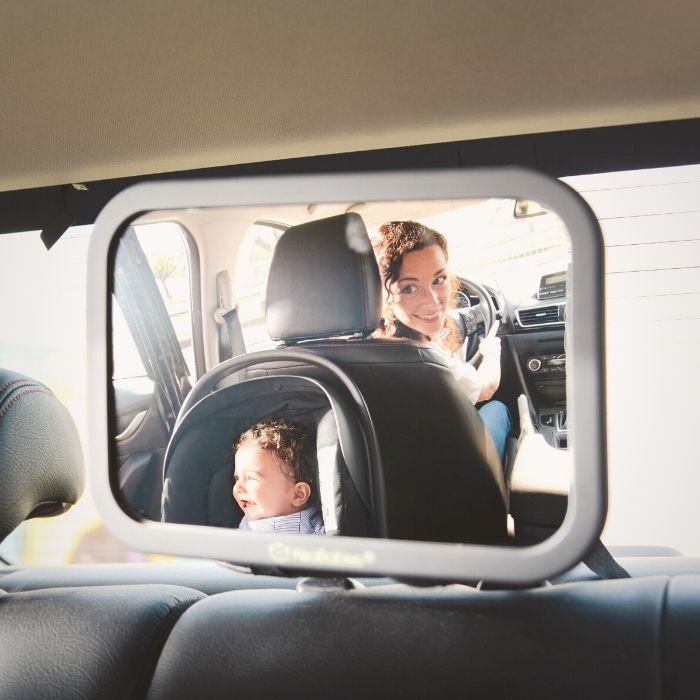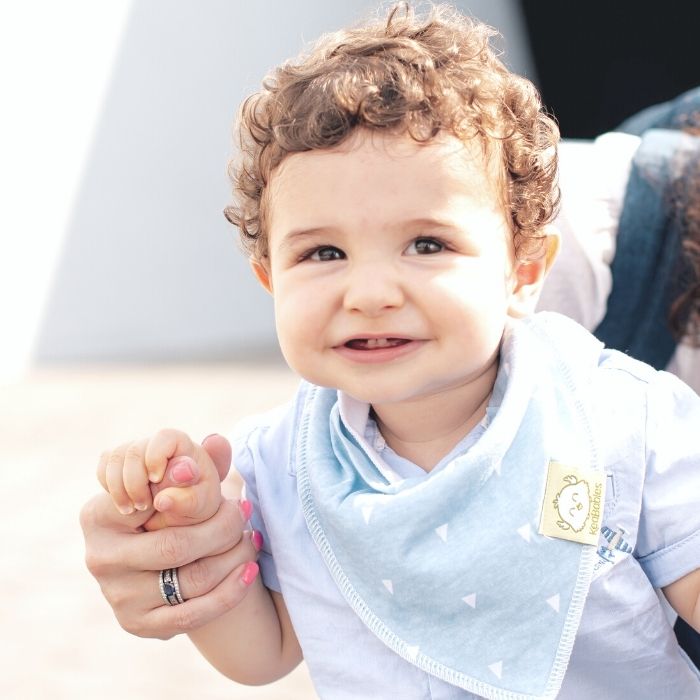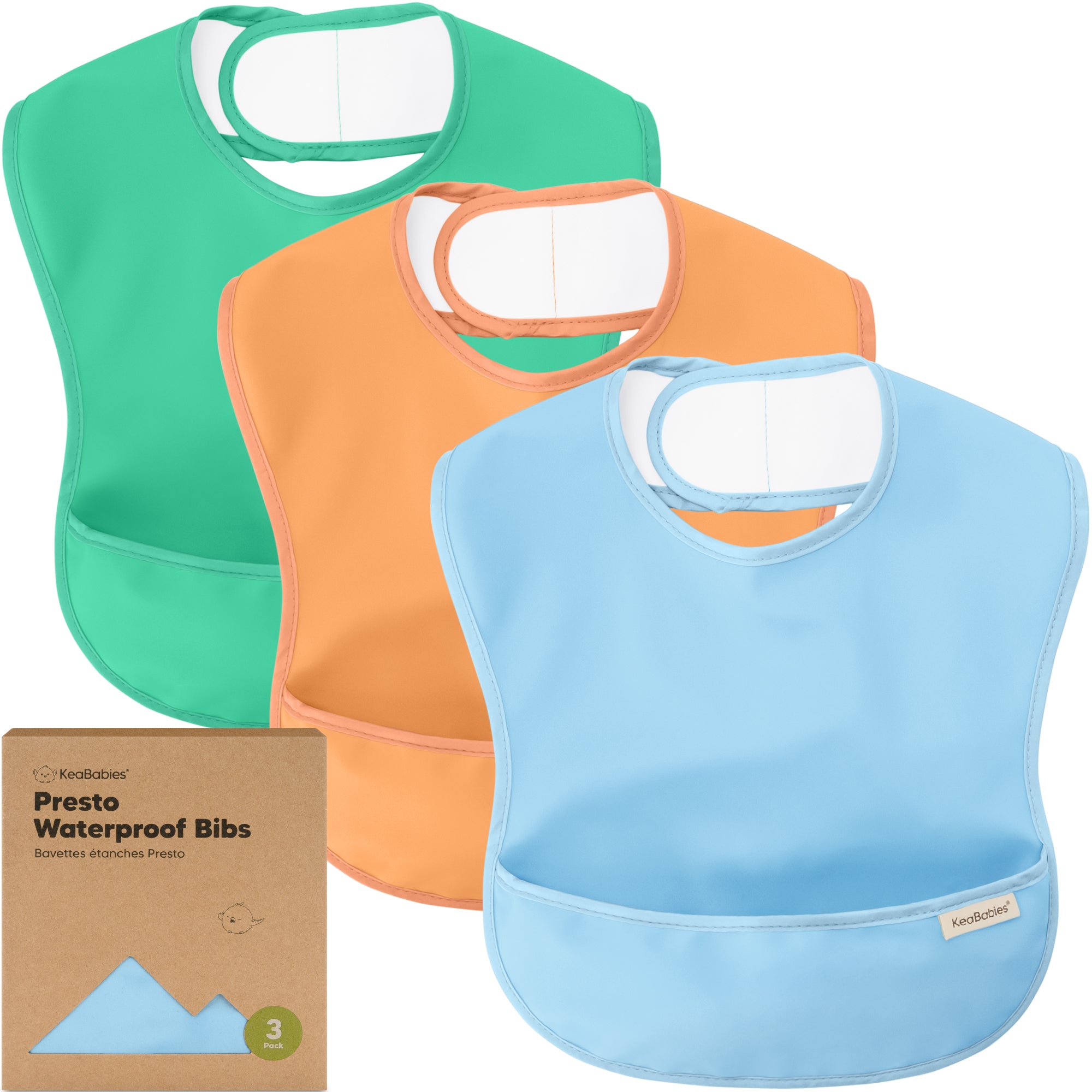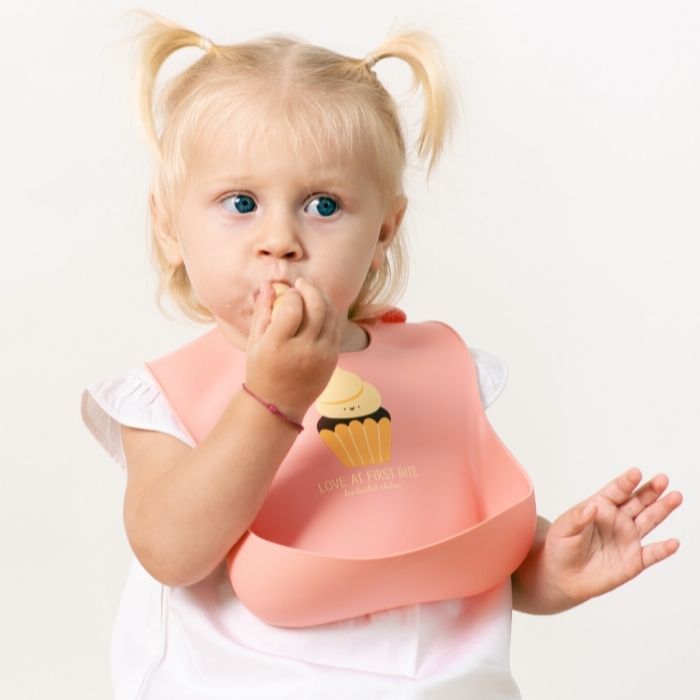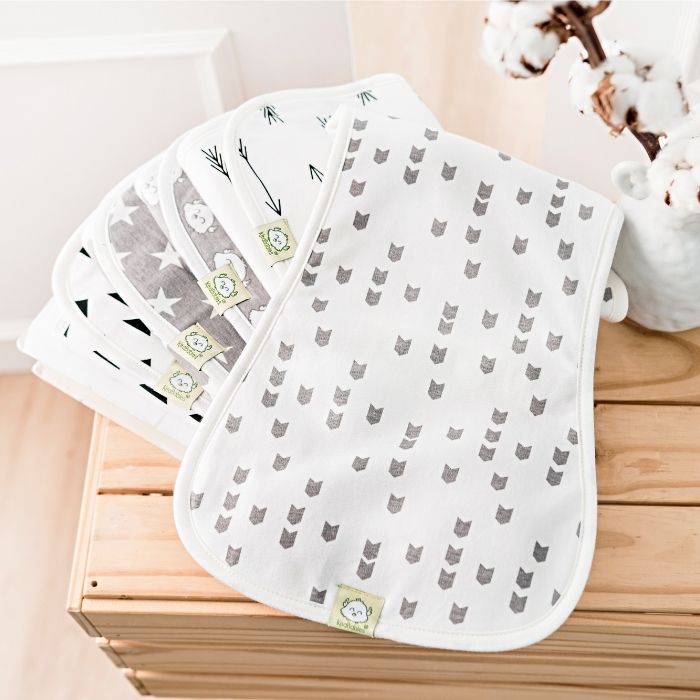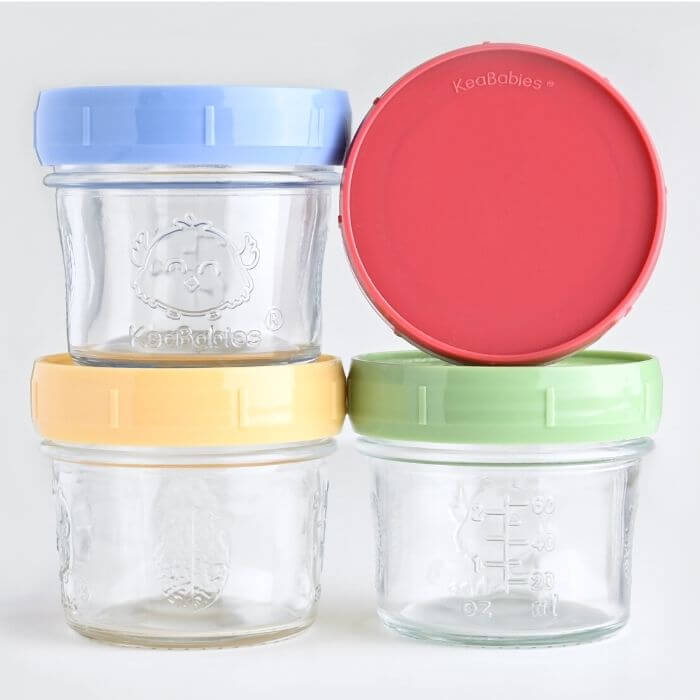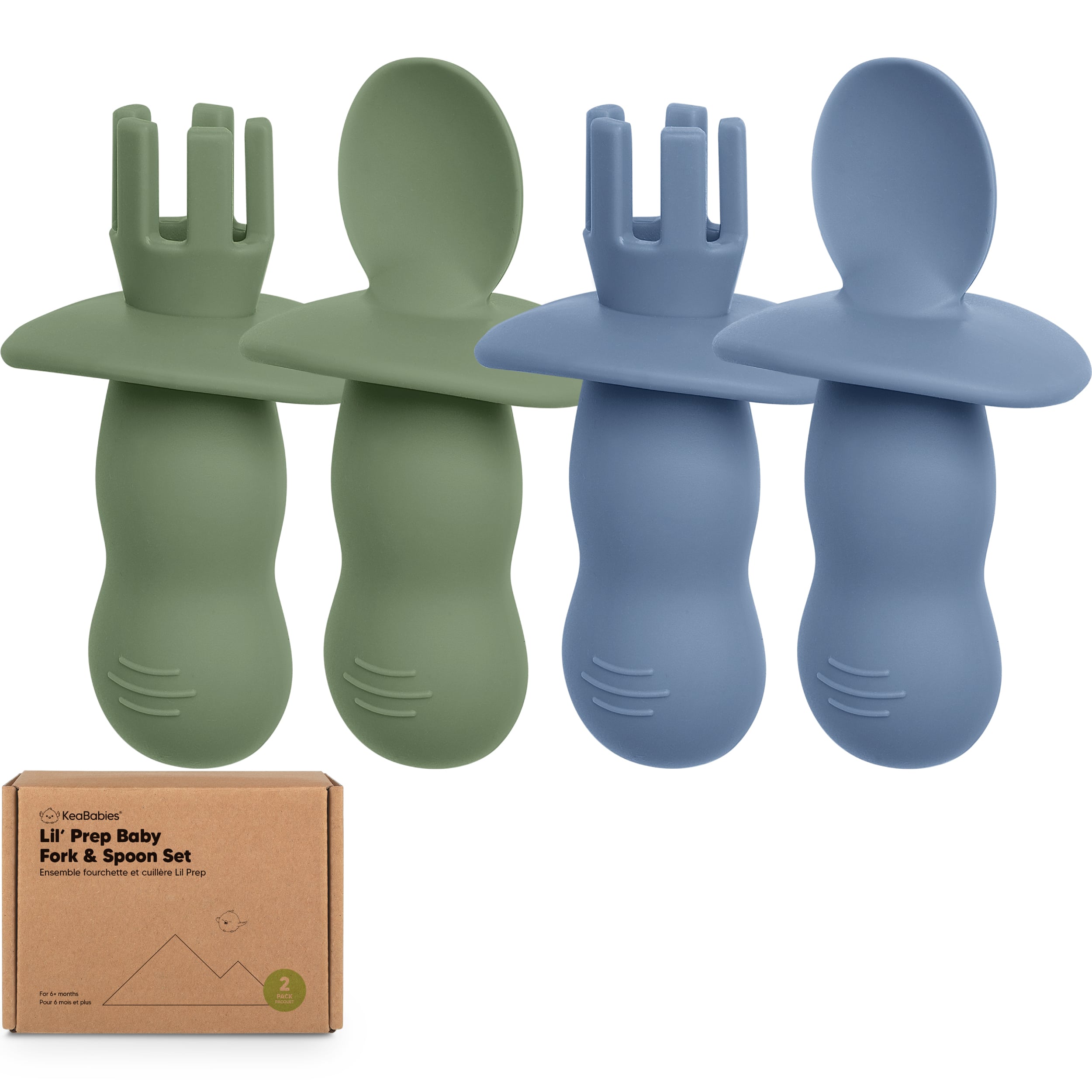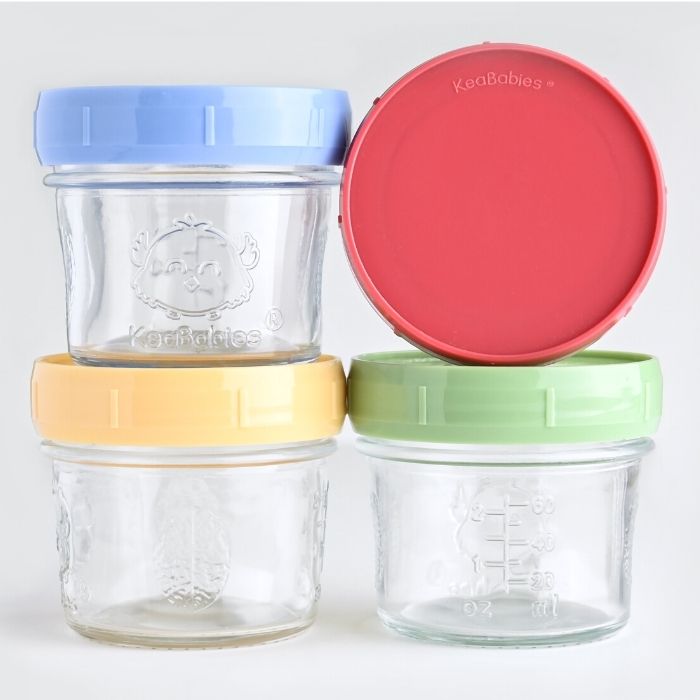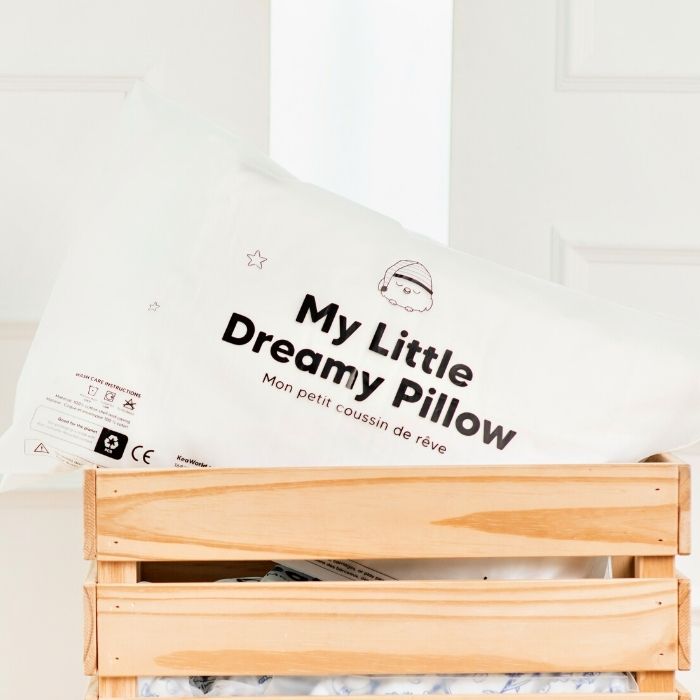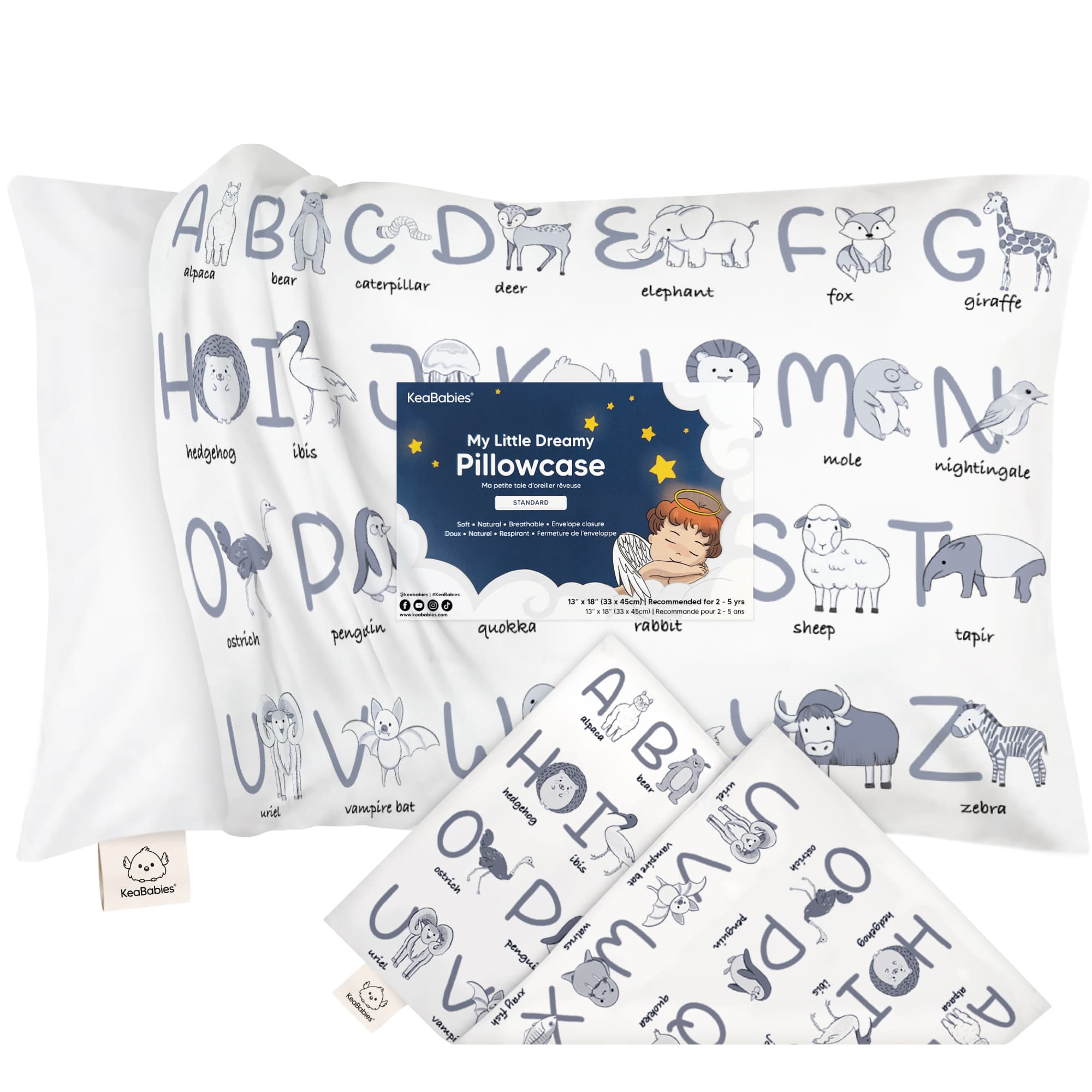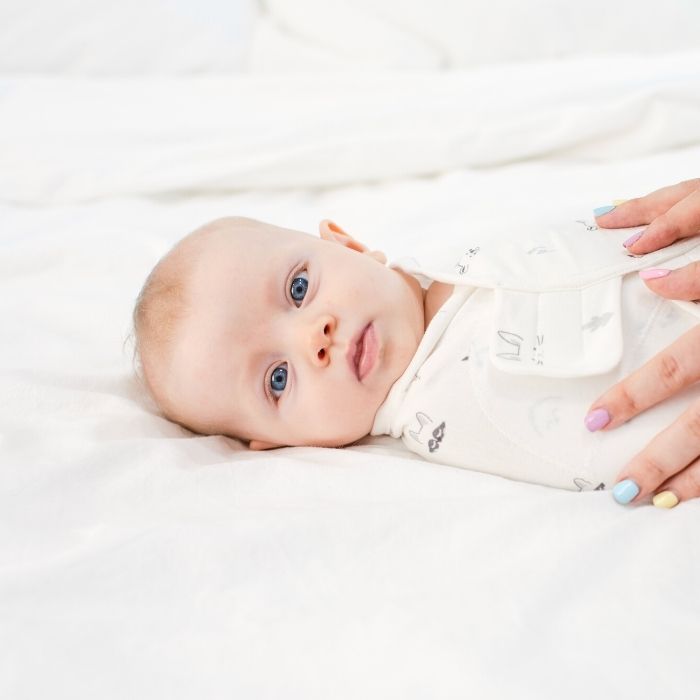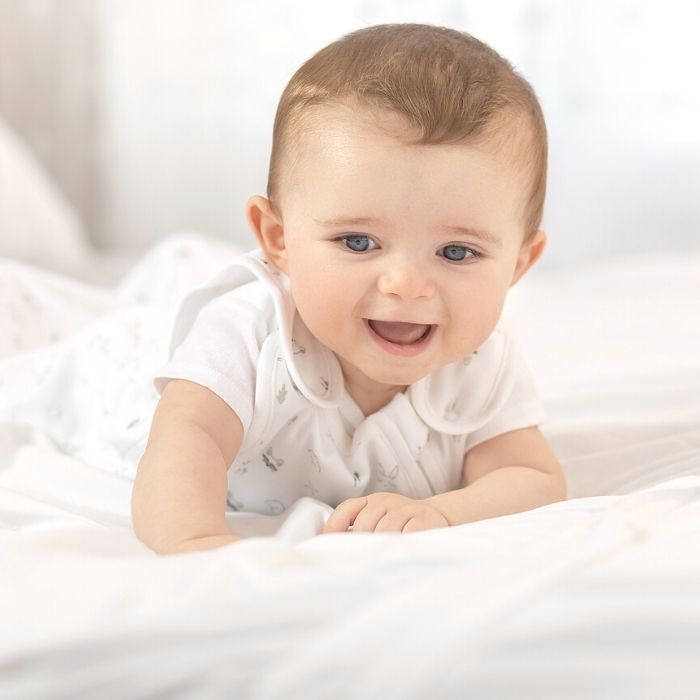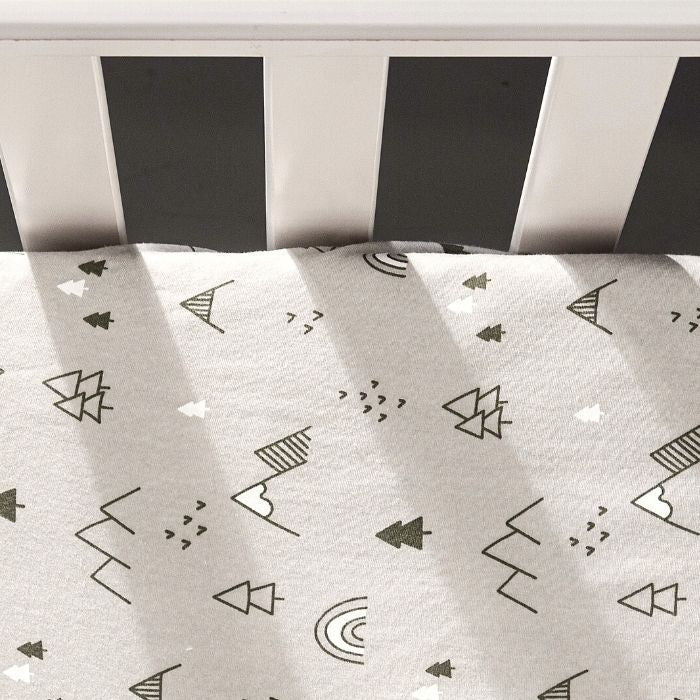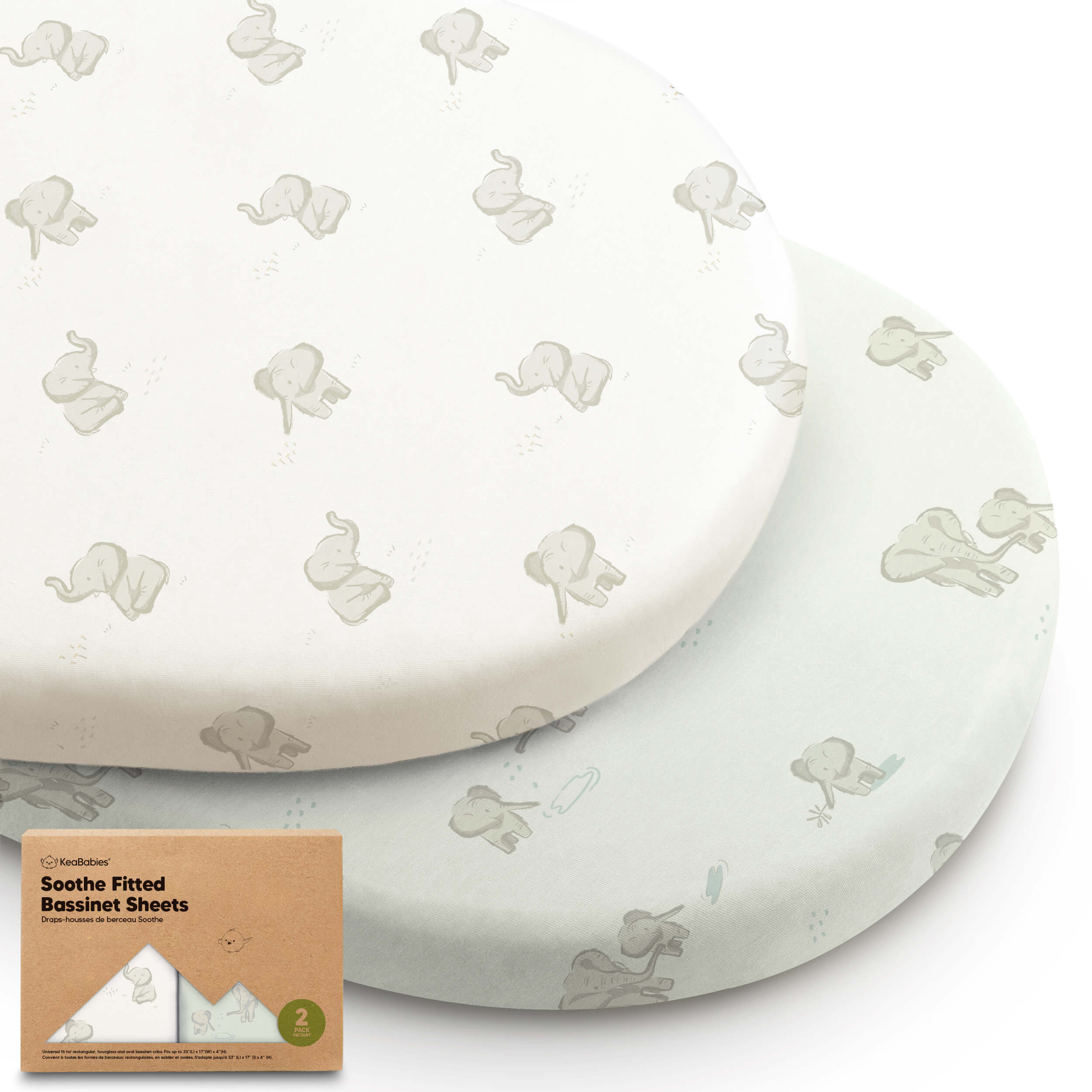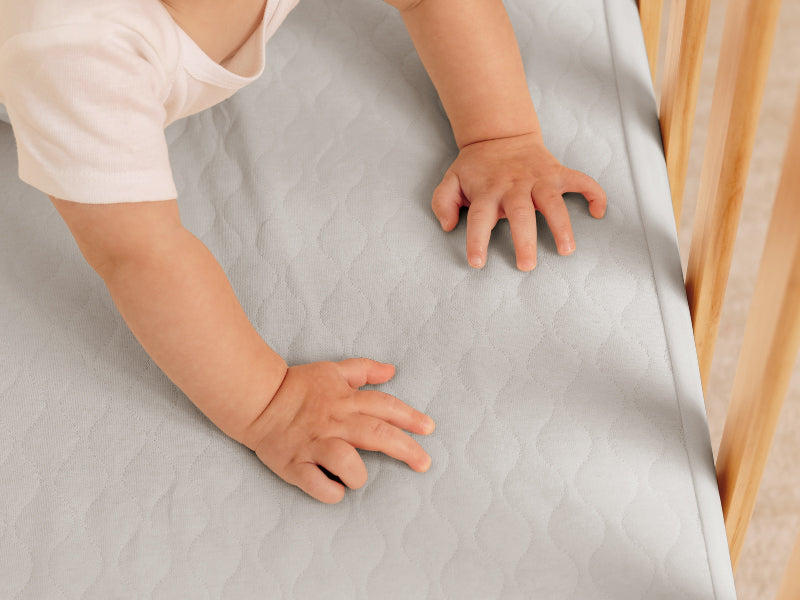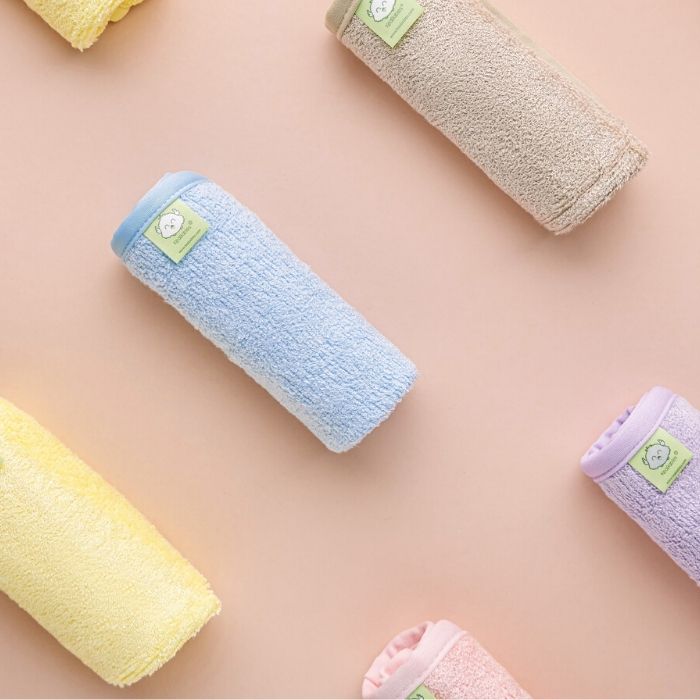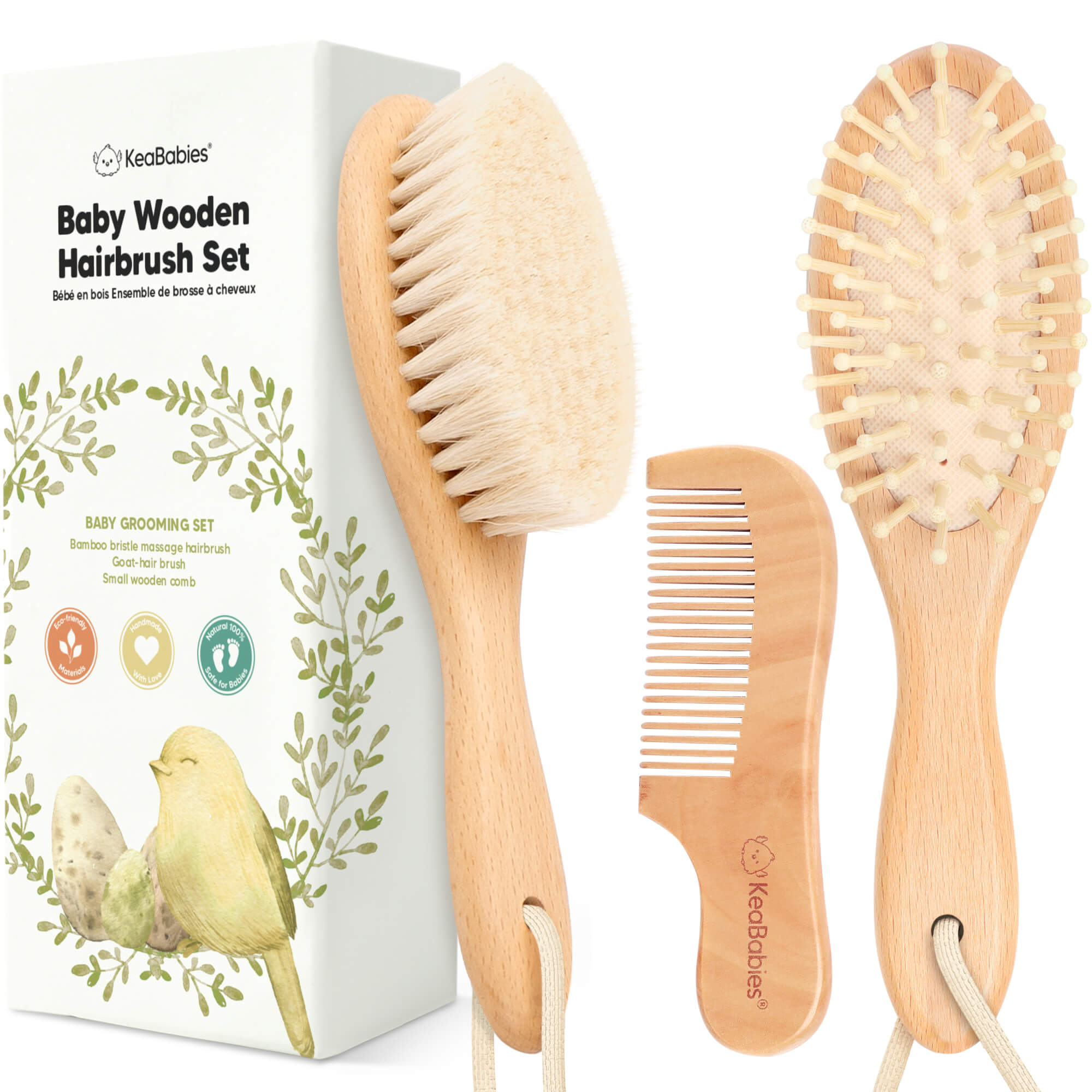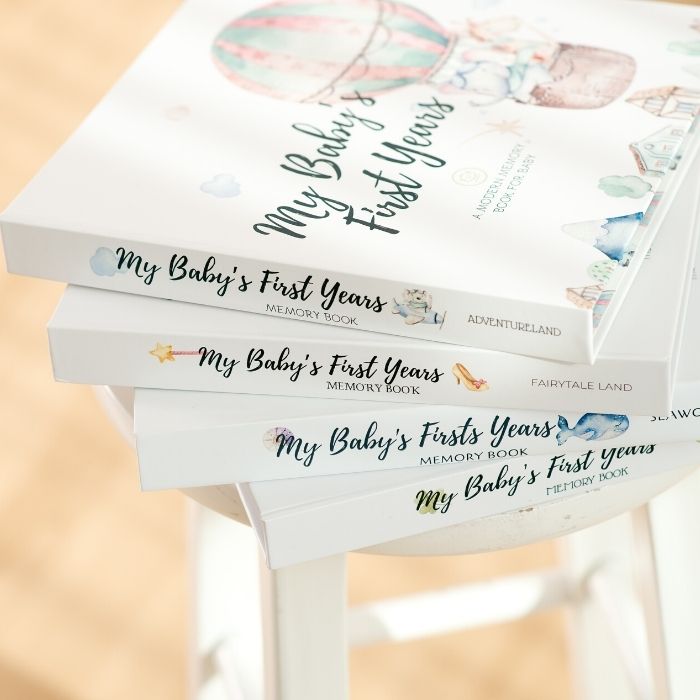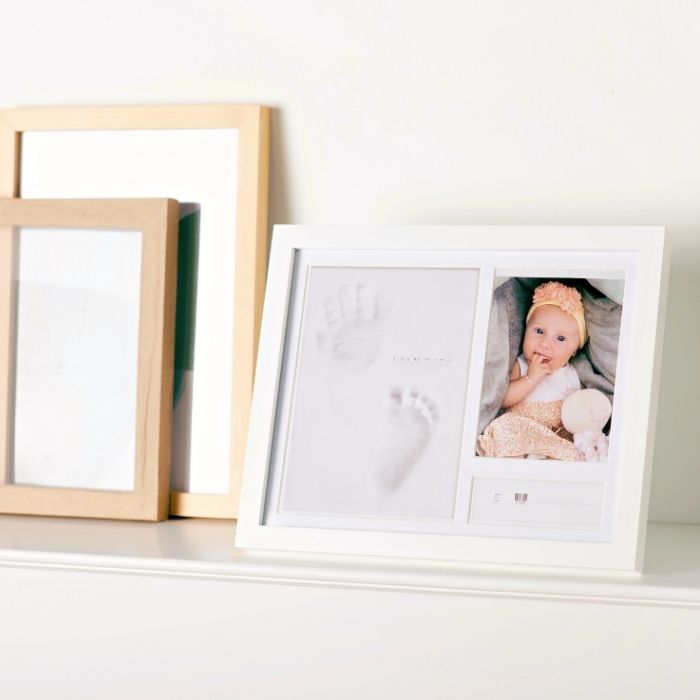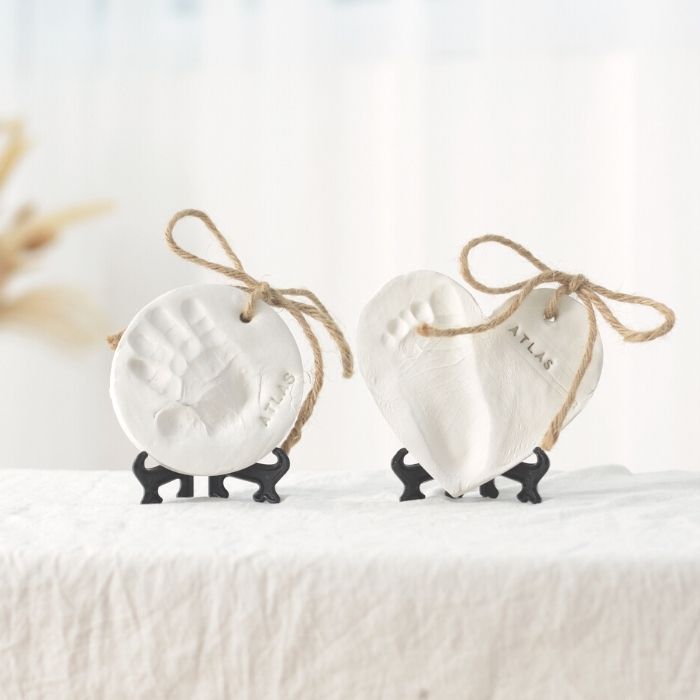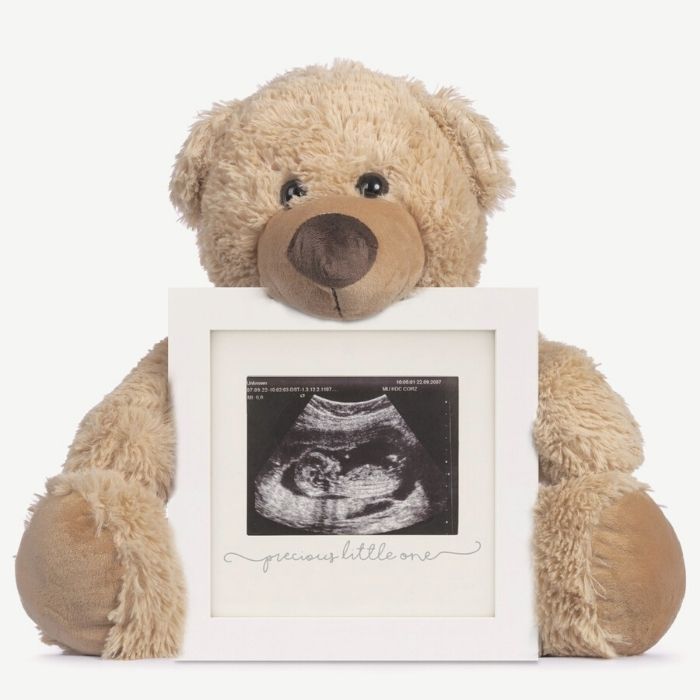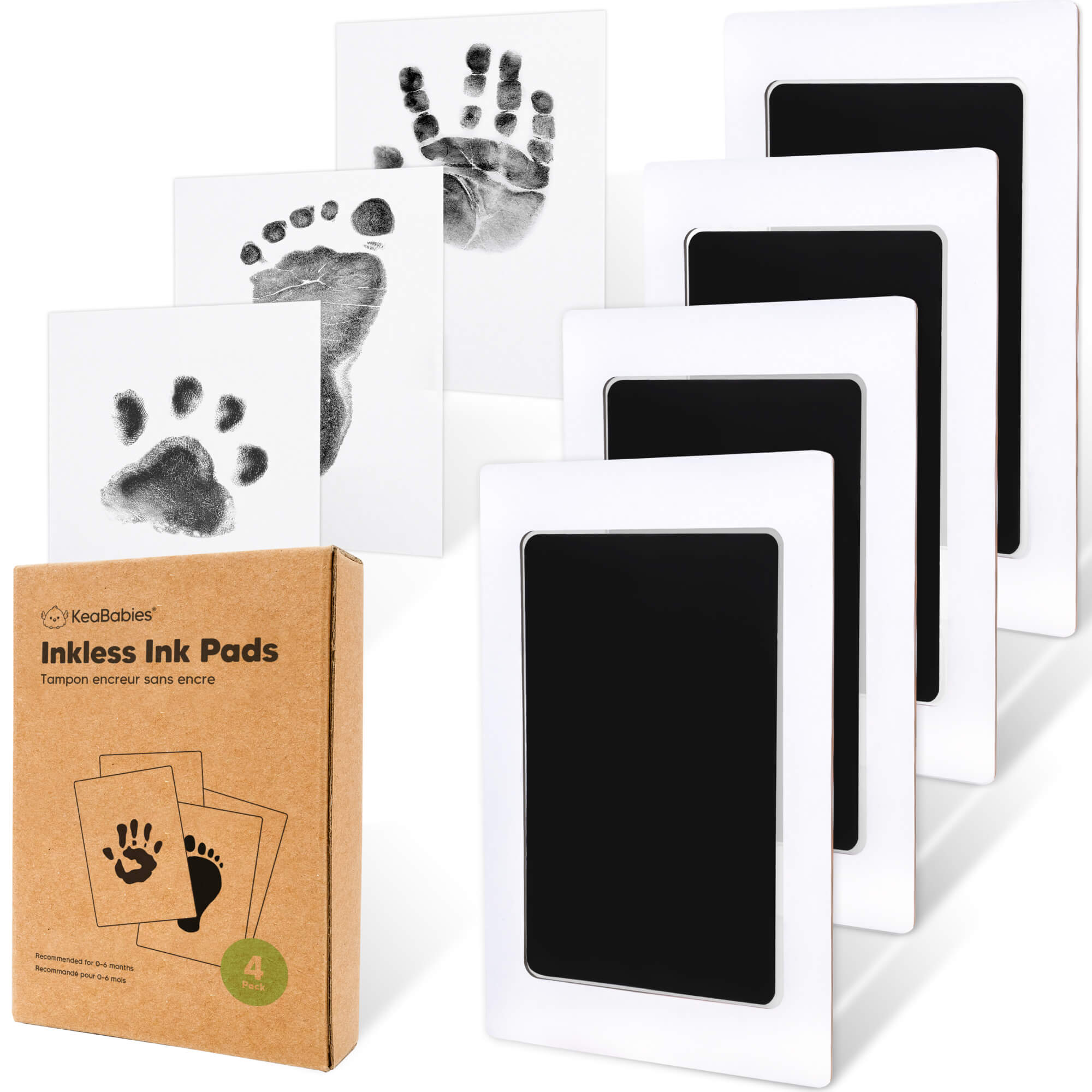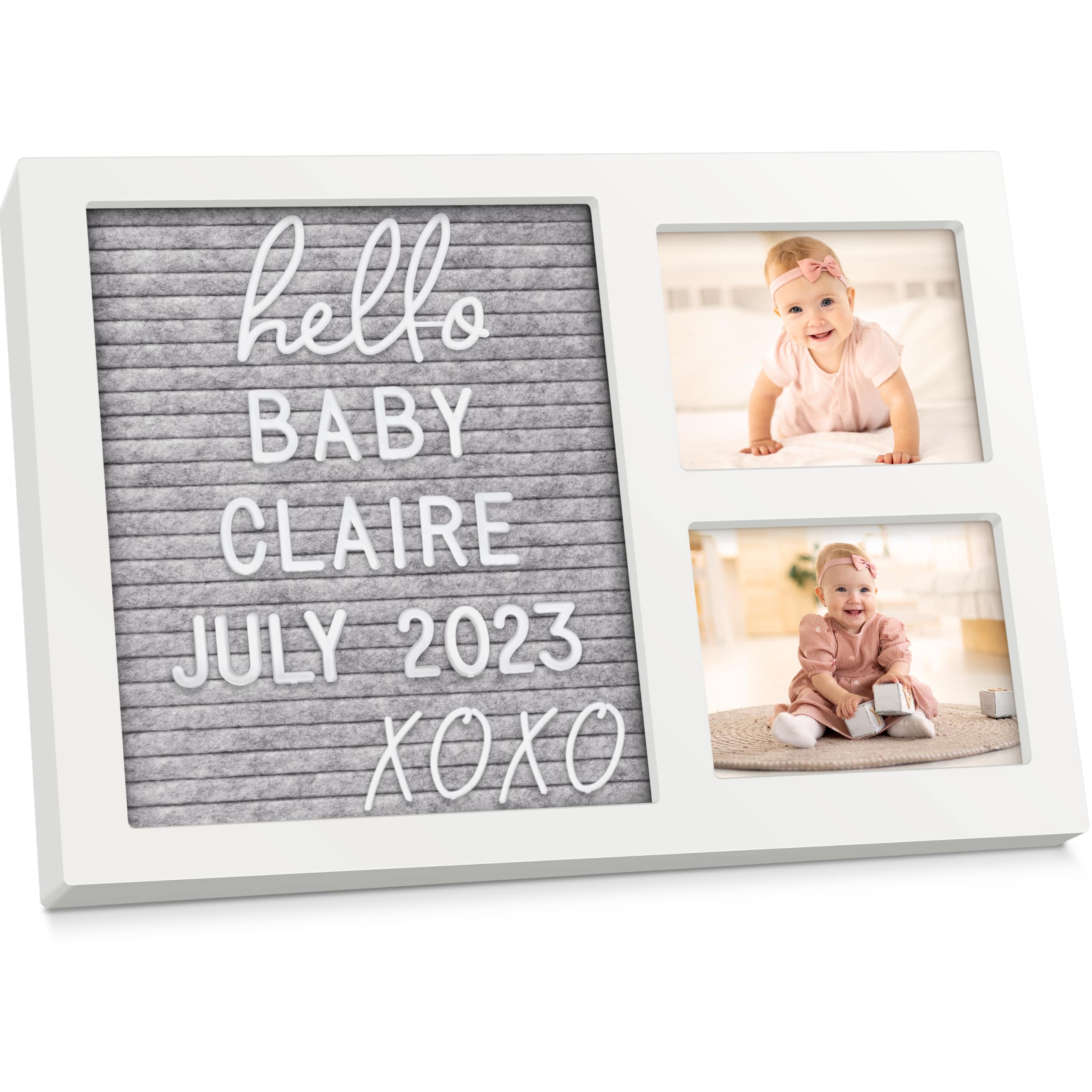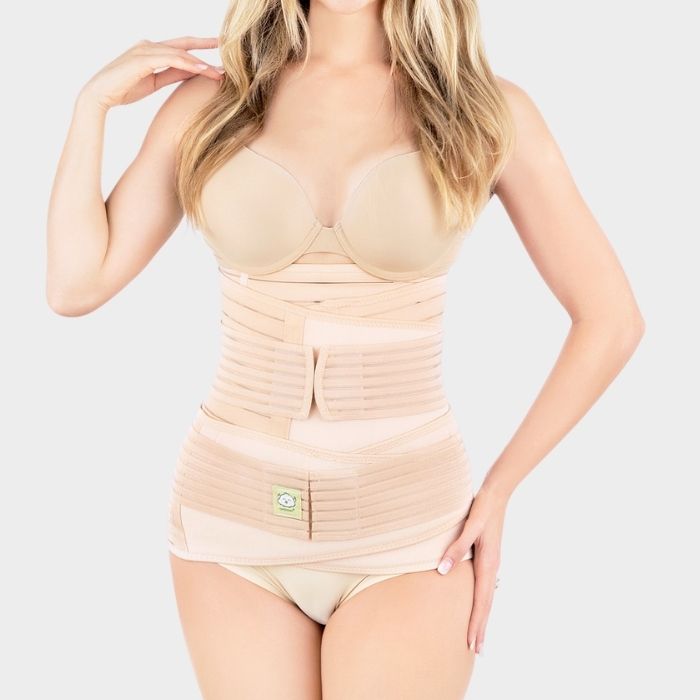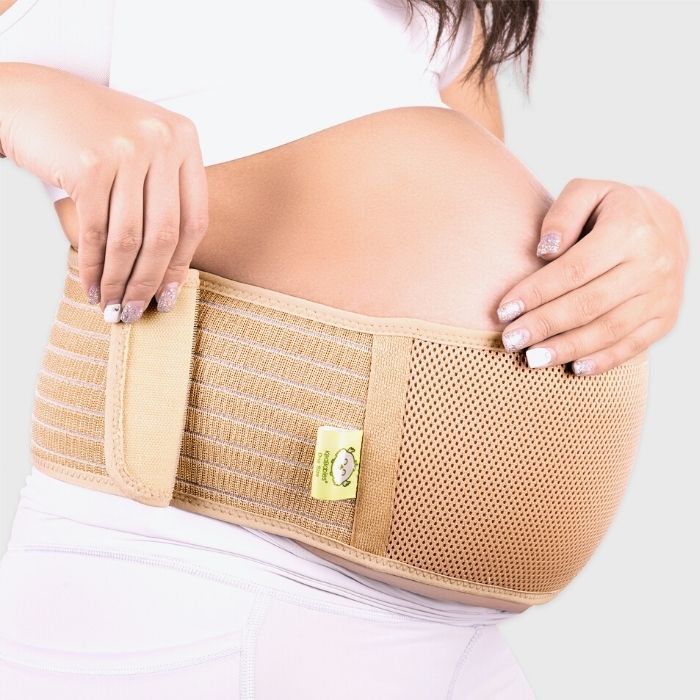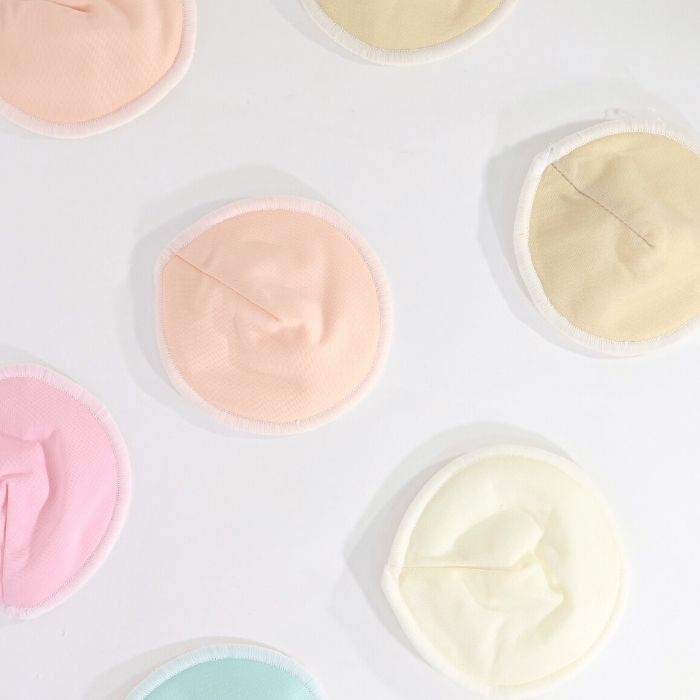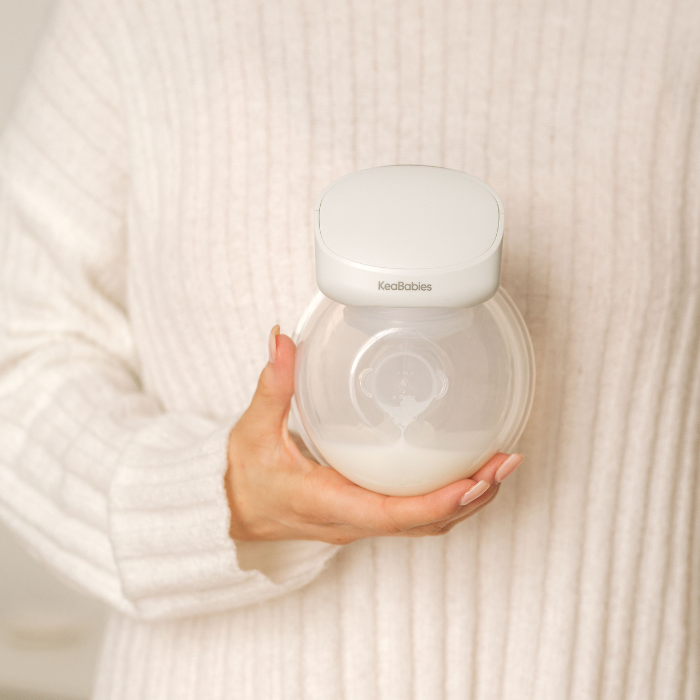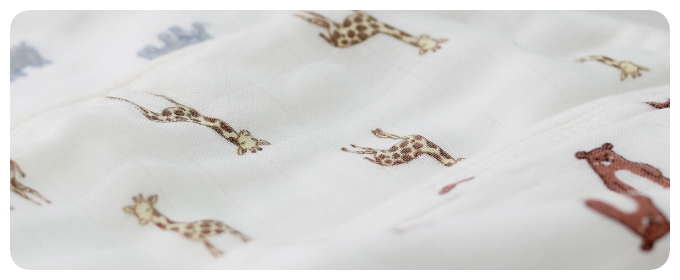
How to Safely Protect Your Baby from the Sun
Warm weather is here, and families are enjoying time together outdoors. However, it's important for parents to be extra cautious when taking their baby out in the sun - their sensitive skin is more prone to issues from too much sun exposure! Read on to learn all about sun safety for babies.
Summary
Protecting your baby’s delicate skin from the sun is essential, as infants are more sensitive to UV exposure and at higher risk for sunburn and skin damage. For babies under 6 months, pediatric experts recommend avoiding sunscreen and focusing on shade, stroller canopies, lightweight long-sleeved clothing, wide-brimmed hats, and UV-protective sunglasses. Once your baby is over 6 months, you can apply a broad-spectrum, mineral-based sunscreen with zinc oxide or titanium dioxide (SPF 15 or higher), 30 minutes before sun exposure, and reapply every few hours or after swimming or sweating. Choosing light-colored, UPF-rated clothing helps reflect sunlight and keep your baby cool, while hydration with breast milk, formula, or water (for older babies) is important on hot days. By combining shade, protective clothing, proper sunscreen use, and hydration, parents can keep their little one safe and comfortable during sunny outdoor activities.
It's important for all parents to understand how to protect their baby’s delicate skin from the sun! Babies are more sensitive to UV exposure and therefore they are more likely to experience issues from too much time in the bright sunlight. Here are some trusted tips from pediatric experts, including when sunscreen is safe to use, and why shade, hats, and light clothing are great additions to your summer fun.
Introduction to Sun Protection for Infant Skin
Sun protection is important for everyone, but is crucial for babies to prevent skin cancer and sun damage from the sun’s harmful UV rays. Understanding sun safety tips can help parents keep their babies safe and comfortable during outdoor activities.
Using sun protective clothing with a high ultraviolet protection factor (UPF) can provide extra protection for baby’s skin. Dressing baby in lightweight clothing can also help them not overheat while also protecting their sensitive skin from sun exposure.
Sunscreen for infants
Applying broad spectrum sunscreen with zinc oxide or titanium dioxide can help prevent sunburn and UV damage. Be sure to apply at least 30 minutes before going in the sun!
Babies younger than one year need to stay hydrated as well, taking in enough milk to keep them full and content especially on hot days. When your baby is 6 months or older and starts solid foods, they can have some water each day. Keeping your baby cool and hydrated with breast milk or water is essential during sun exposure.
Understanding Sun Safety Basics
Sun safety is essential for babies younger than 6 months, who are too young to use sunscreen, to prevent sunburn and skin damage from direct sunlight. How can parents protect younger babies from too much sun?
Using a stroller canopy like the KeaBabies All-in-1 Multi-Use Cover or finding shade can help block the sun’s rays and reduce UV exposure. If you're out and about and can't avoid the sun, be sure to dress your baby appropriately and seek shade often.
Dressing your baby in lightweight, long-sleeved shirts and long pants can provide protection for sensitive skin. You'll want to choose outfits that cover as much skin as possible, without causing your baby to overheat. The more skin that is covered, the less likely they are to experience negative effects from the sun.
Sun protective hats to protect against UV rays
Wearing sunglasses and sun hats with UV protection can help prevent eye damage from UVA rays and UVB rays. There are companies that make baby sunglasses with straps to ensure a comfortable fit. Wide brimmed sun hats are another great way to shield children younger than 6 months from the sun's harmful rays.
Applying sunscreen with a sun protection factor (SPF) of 15 or higher can help prevent sunburn and skin cancer, but wait until your child is older than 6 months.
Dressing for Outdoor Safety
Dressing your baby in protective clothing that is lightweight can help prevent sunburn and UV damage. In addition, using a wide-brimmed hat can help shield the neck and ears from the sun’s rays. Your baby's neck and ears are sensitive areas that often aren't covered by clothing or hats. You can also have your baby wear sunglasses when out and about!
Choosing light-colored clothing can help reflect the sun’s rays and keep your baby cool. Light colors like whites and pastels reflect sunlight and can help your child stay cool. You can also look for ultraviolet protection factor (UPF) clothing, which protects your child from the sun by allowing less sunlight to pass through the fabric. UPF measures the amount of UV radiation that can come through a fabric.
Applying sunscreen to exposed areas can help prevent sunburn and skin damage. Using a baby-safe, water-resistant sunscreen can provide long-lasting protection for your baby’s skin. Don't forget to reapply sunscreen every few hours! Sunburns happen sometimes, but if your child gets a blistering sunburn, be sure to consult their pediatrician right away.
Tips for Applying Sunscreen
It is important to note that sunscreen use is only recommended for children over 6 months of age. Always talk to your child's pediatrician about how to choose products that are safe for your baby.
Applying sunscreen to babies older than 6 months can help prevent sunburn and skin damage. Parents should use a broad-spectrum sunscreen with zinc oxide or titanium dioxide can provide protection against both UVB and UVA rays.
When should you apply sunscreen?
Applying a minimal amount of sunscreen to exposed skin can help prevent sunburn and skin damage. You don't need to cake it on, but be sure to reapply every few hours.
Apply sunscreen about 30 minutes before you plan to be out in the sun. Reapplying sunscreen every 2 hours or after swimming or sweating can help maintain protection, so be aware of time if you are swimming or out in very hot weather.
Using a sunscreen with a high SPF can provide extra protection for your baby’s skin. In most cases, it is recommended to use a sunscreen that protects against both UVA and UVB rays and has an SPF of 15-30 or higher. If you're going to be spending time at the pool or beach, you can also look for one that is water-resistant.
Keeping Your Baby Safe In The Sun
Sun safety is important for all parents to learn about. Keeping your baby in the shade whenever possible can help reduce UV exposure and prevent sunburn. Using a stroller canopy or umbrella can help block the sun’s rays and provide shade.
Dressing your baby in lightweight, light colored, protective clothing can help prevent sunburn and skin damage. If your baby is old enough, applying sunscreen to exposed areas can help prevent sunburn and skin damage. Monitoring your baby’s skin for signs of sunburn or skin damage can help prevent serious health problems later in life.
|
|
Meet Our KeaMommy Contributor: Kaitlyn Torrez I’m Kaitlyn Torrez, from the San Francisco Bay Area. I live with my husband and two children, Roman and Logan. I’m a former preschool teacher, currently enjoying being a stay at home mom. I love all things writing, coffee, and chocolate. In my free time, I enjoy reading, blogging, and working out. |

